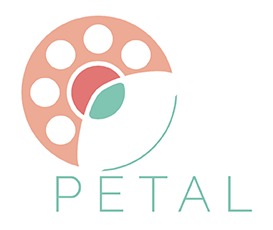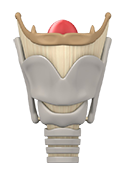

LARYNGECTOMY.NET
Treatment by total laryngectomy:
The consequences of the surgery
A total laryngectomy will therefore naturally modify the 3 functions of the larynx.
Breathing will take place directly through a hole on the skin of the neck, where the trachea has been attached. This orifice, located in the lower neck, is called the tracheostoma. Therefore, the lungs will no longer be protected by the nose and the larynx, and the air that will enter will no longer be filtered, humidified and warmed as before.
Breathing after total laryngectomy:
Swallowing, this function that allows food to be swallowed without entering the lungs, will not be modified much. After a total laryngectomy, there is no communication between the breathing path and that of food. These 2 paths are totally separated. Therefore, there is no risk of mis-swallowing, i.e. starting to cough while eating.
Swallowing after total laryngectomy:
Finally, the vocal chords that enabled the vibration of ear to produce the voice have been removed with the larynx. The natural voice is therefore permanently lost, however two different solutions will be proposed to you for speaking.
The first consists in learning a voice called oro-oesophageal voice. The principle of this voice is to swallow air, and then belch (burp) this air, placing syllables on it. It is a technique that gives fairly good results, but requires major re-education with the speech pathologist.
Oro-oesophageal voice:
The second solution to allow you to speak is to propose the insertion of a phonatory prosthesis. It is a sort of one-way valve, that allows the air to pass from the trachea to the oesophagus. Thus, by closing the trachea at the level of the skin, and breathing out, the air will pass into the oesophagus, which allows speaking. The following animated film helps understand the principle of this voice, which is called tracheo-oesophageal voice.
Tracheo-oesophageal voice:

